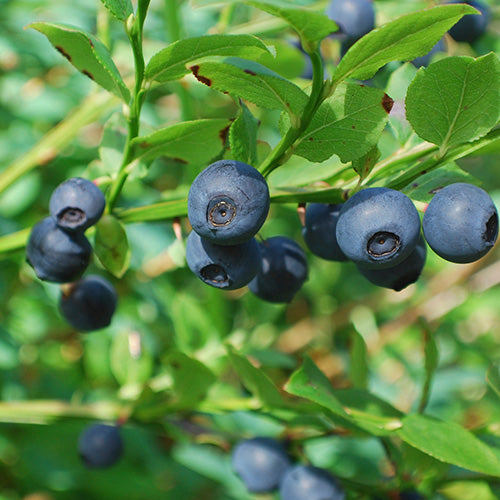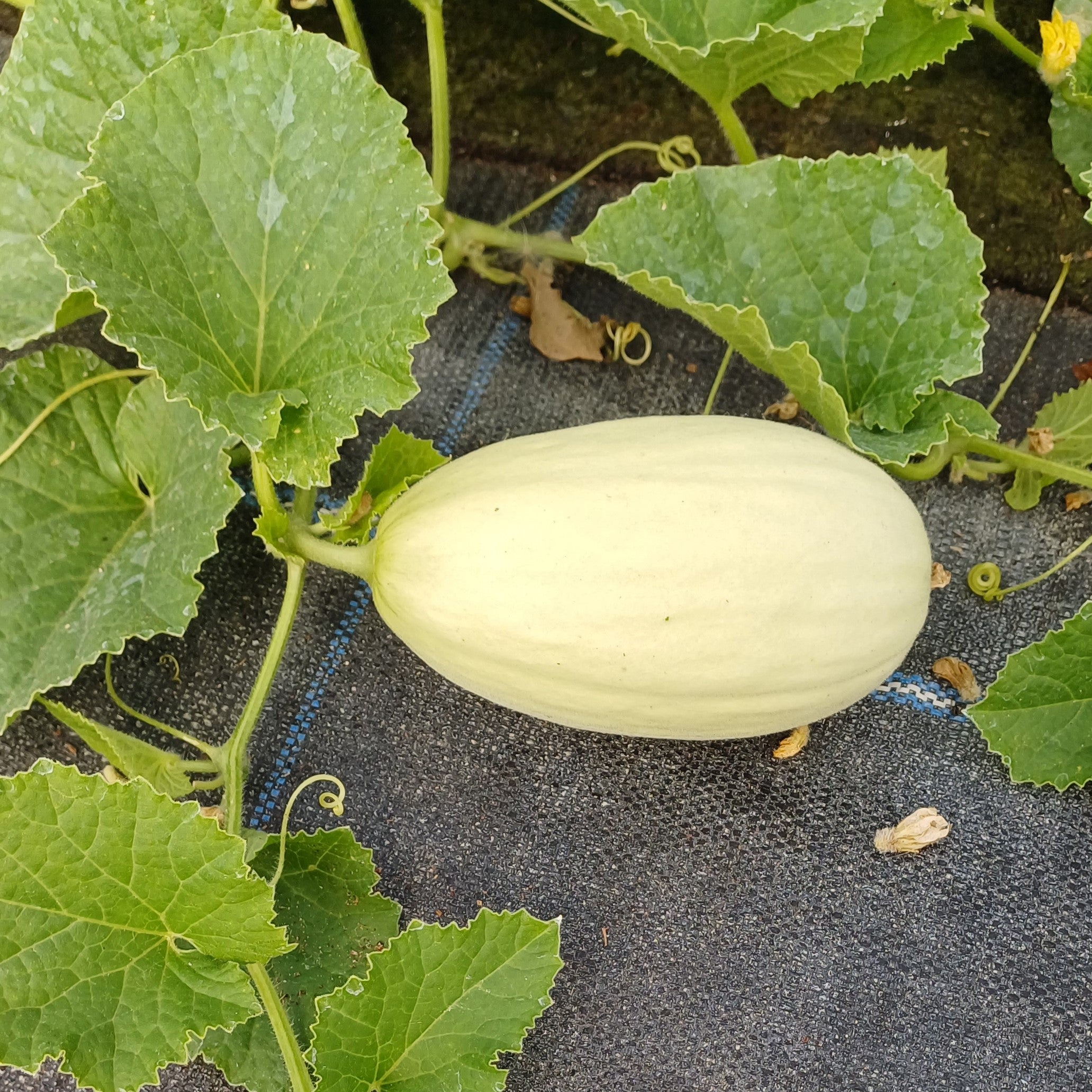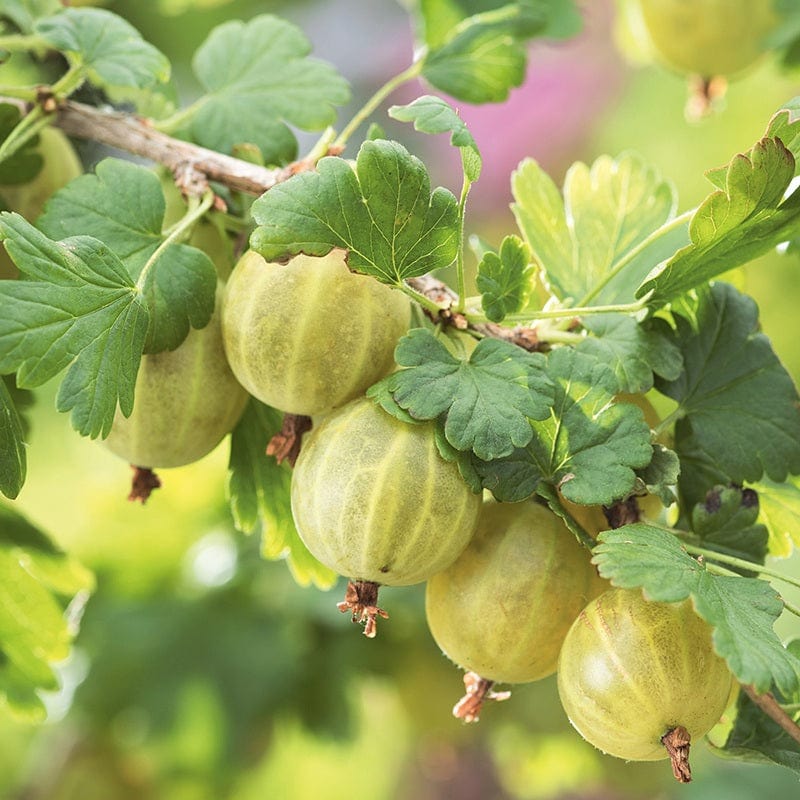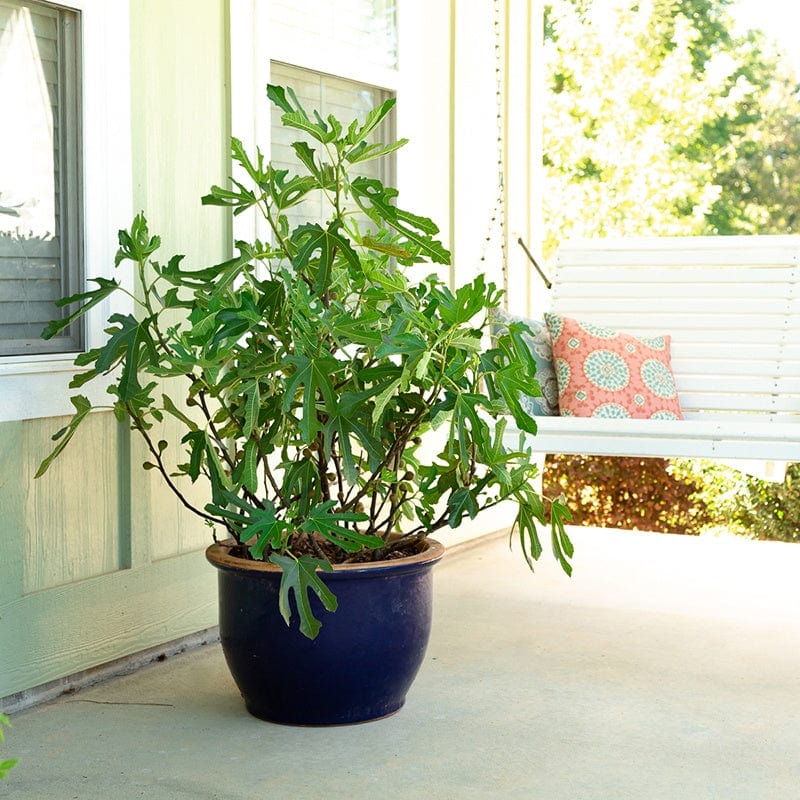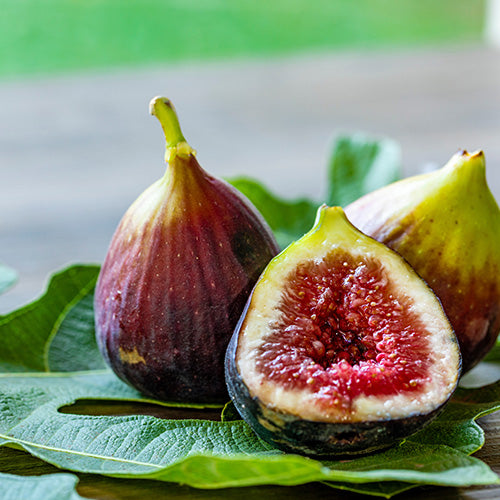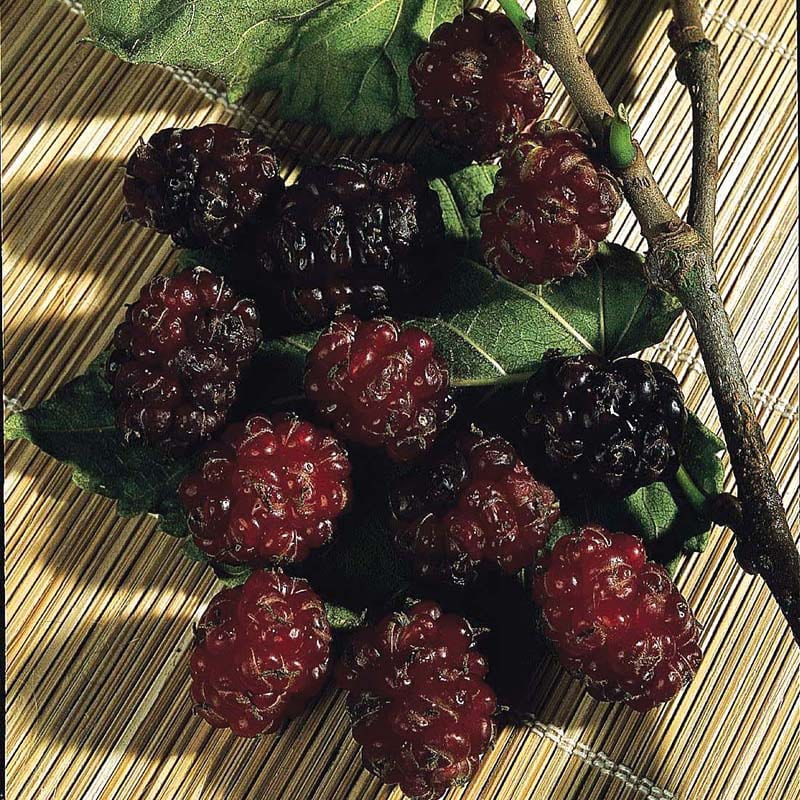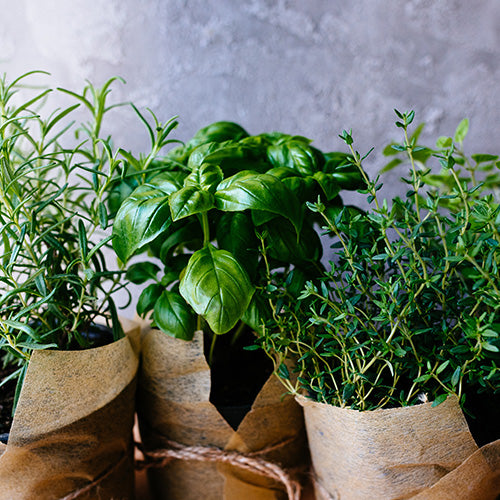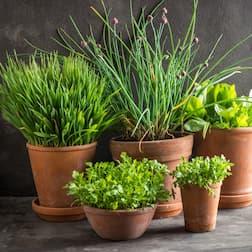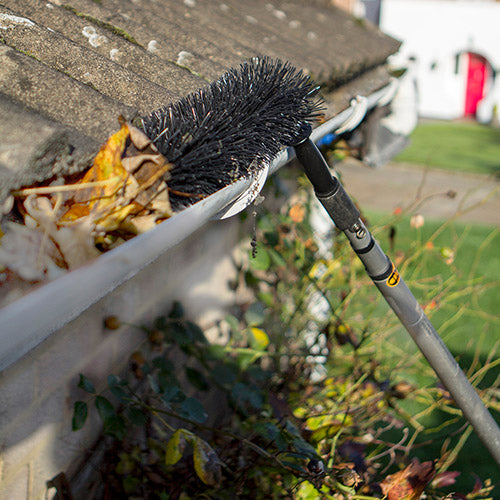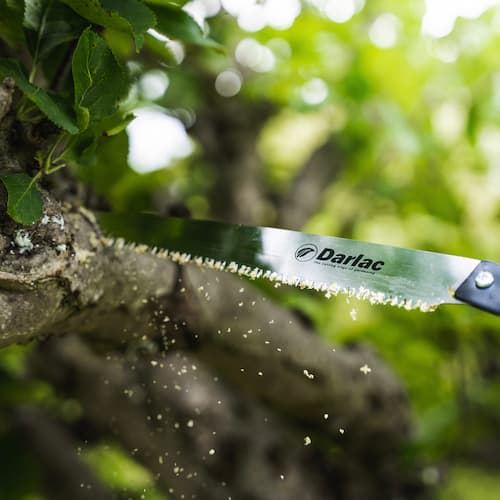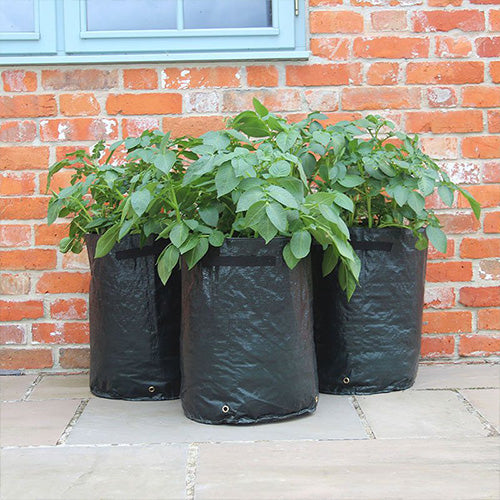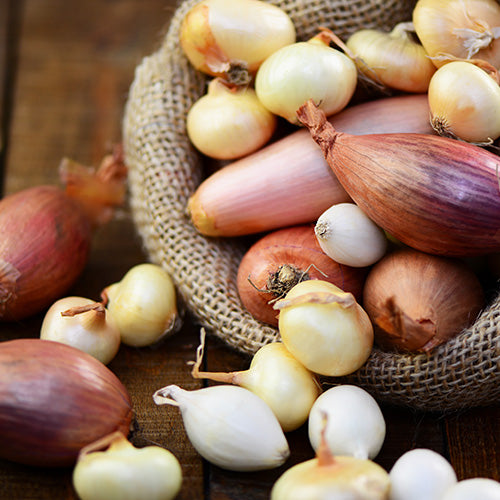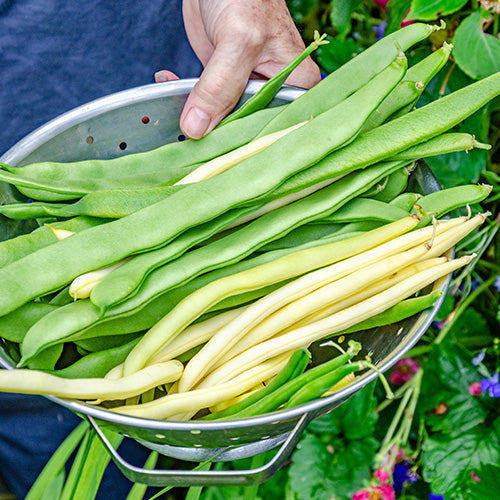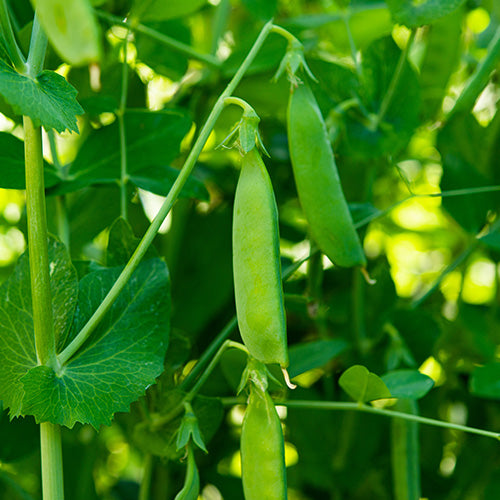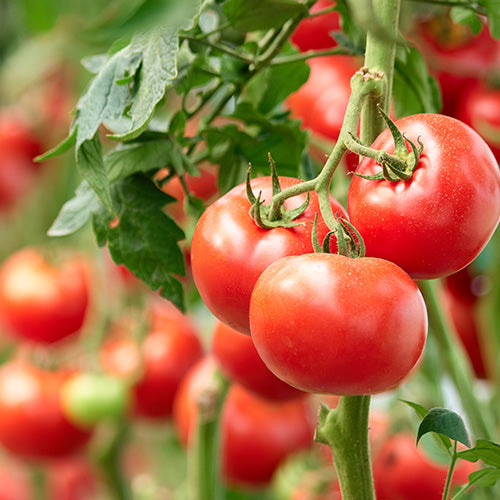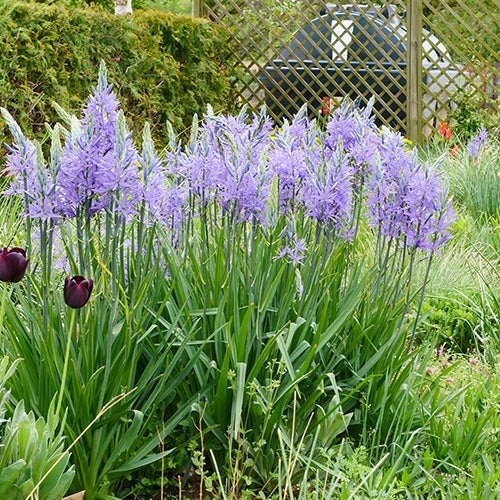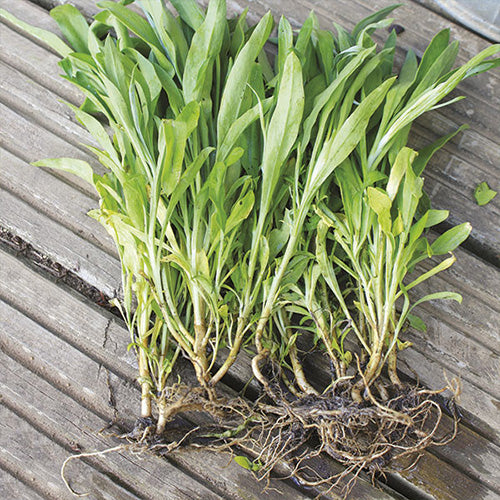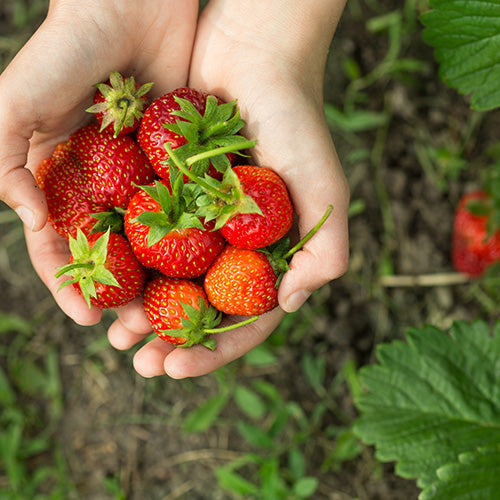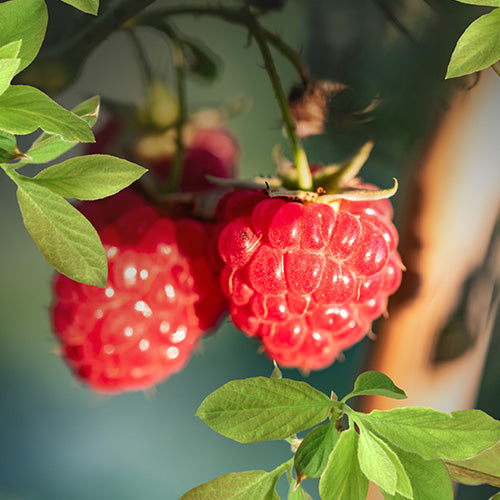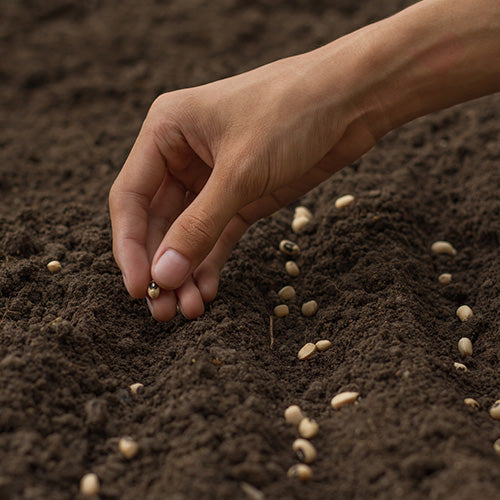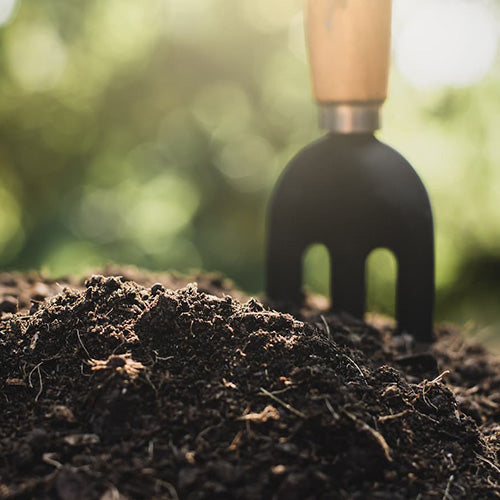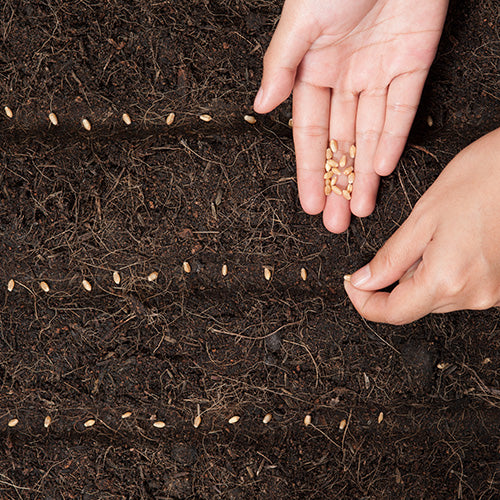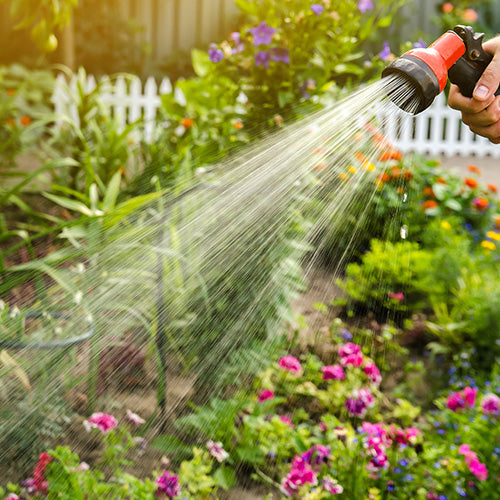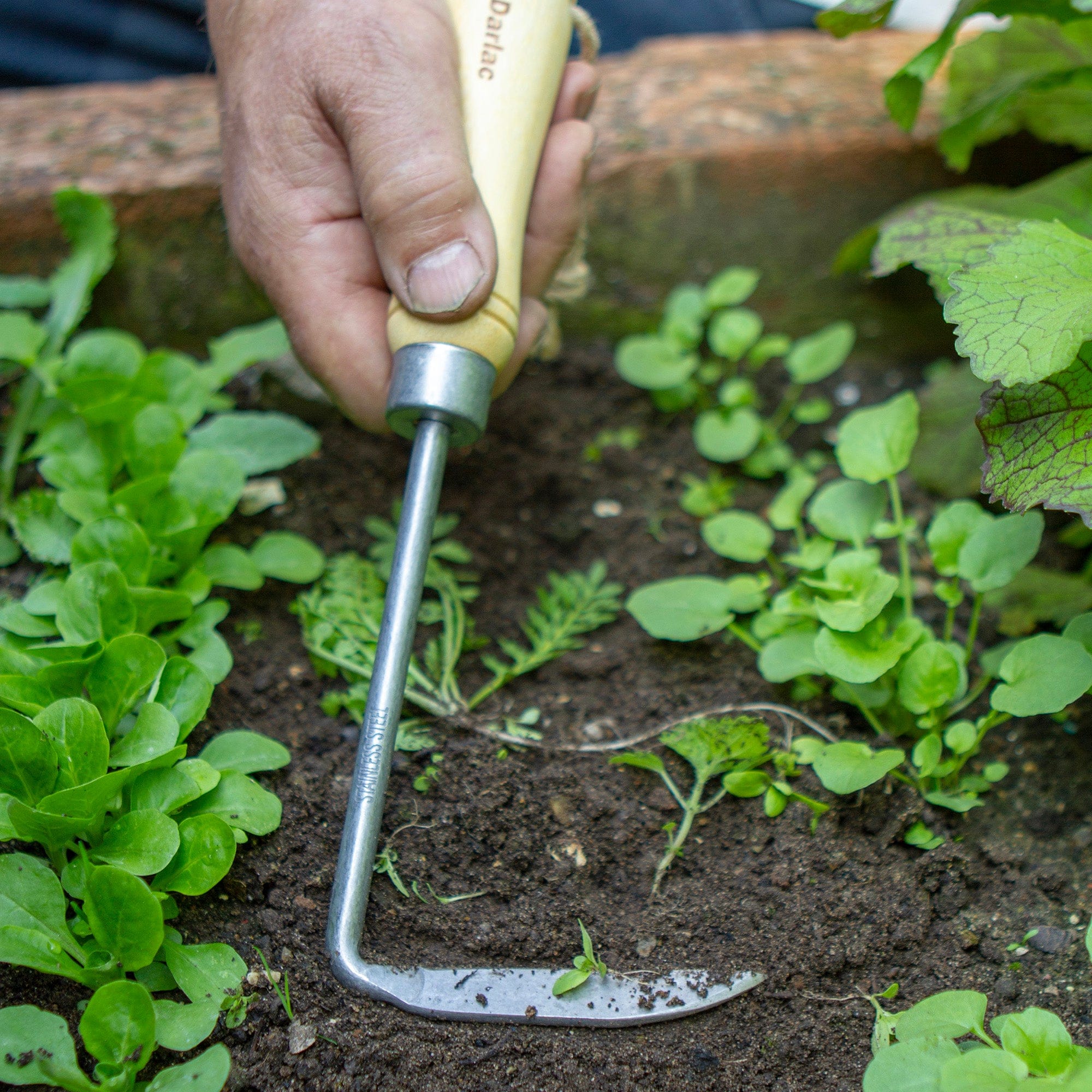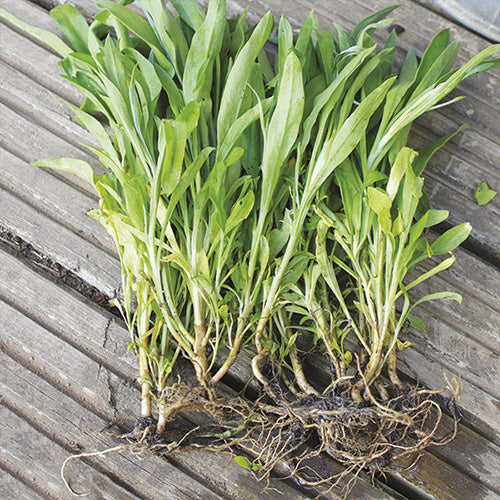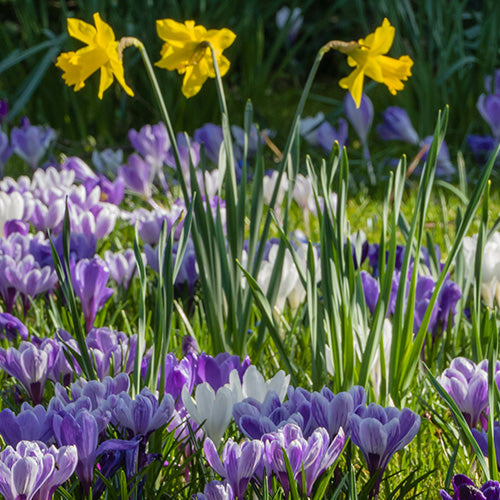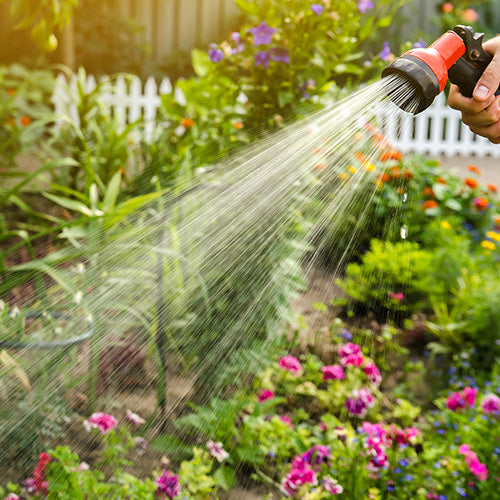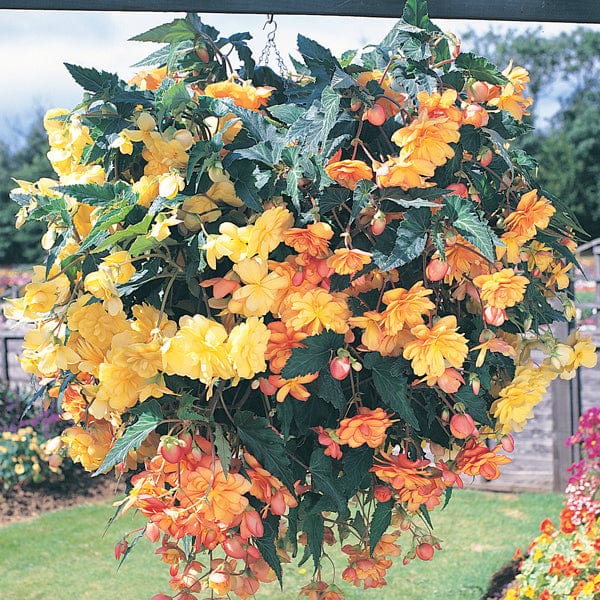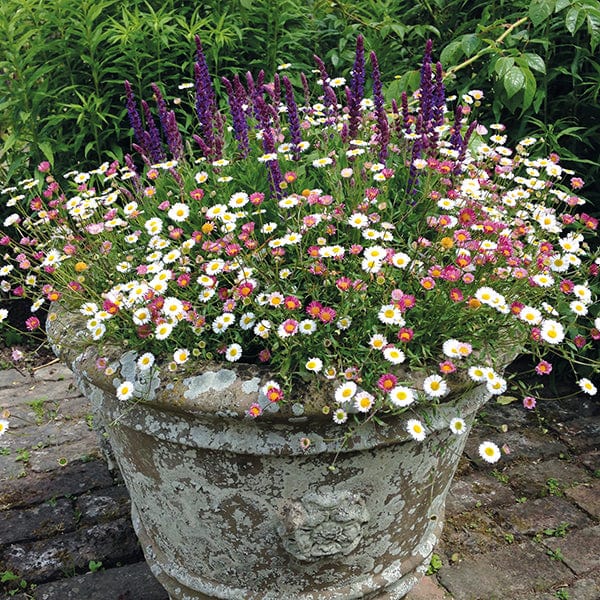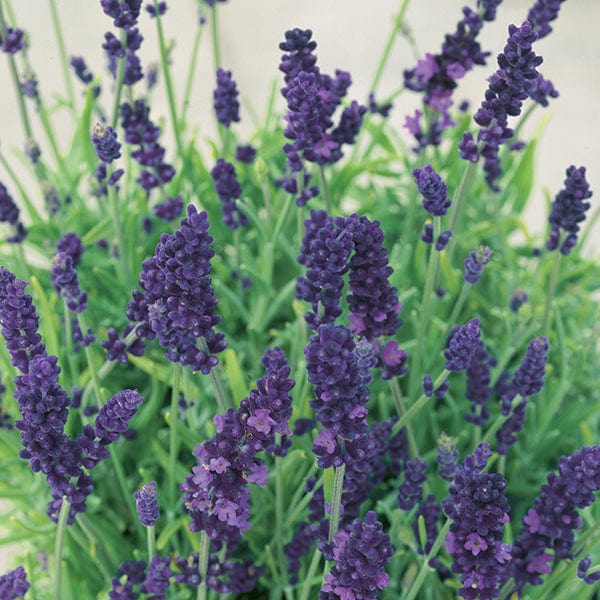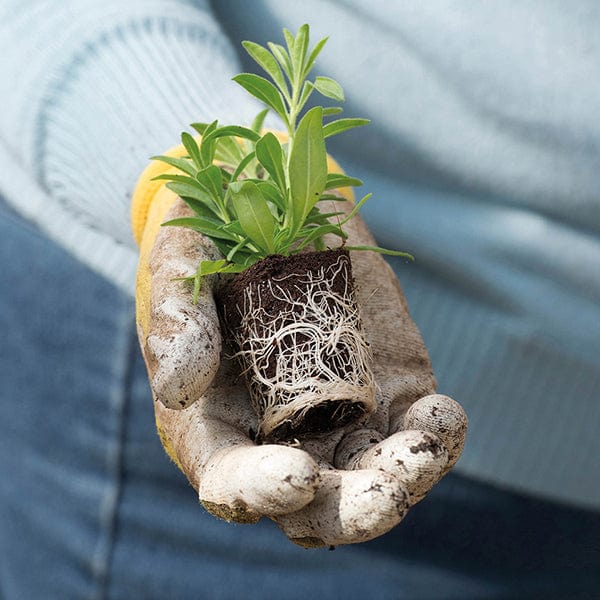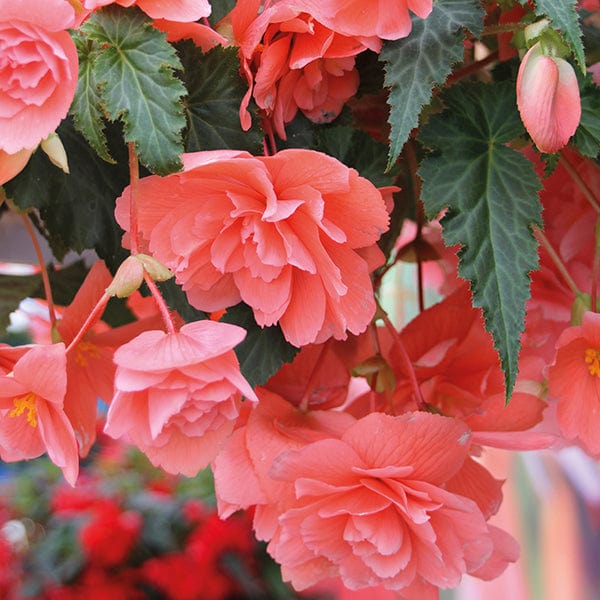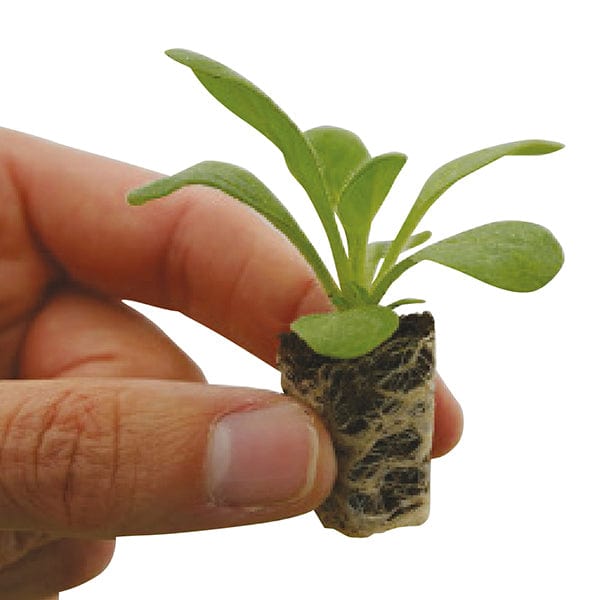Planting Out & Aftercare
When you receive your plants is it important to plant them out in the garden as soon as possible, spreading out the roots and firming the soil into good contact with them. If you are unable to plant out immediately, temporarily heel the plants in. It’s important to keep the roots moist at all times.
Plant in a position that receives lots of sun in well-drained, humus-rich soil. Leave around 25-30cm (10-12in) between each plant. Water in well and keep the plants moist until they are well established.
Wallflowers can also be successfully grown in containers and are then best planted in loam-based compost, such as John Innes No. 3. Such composts contain a form of slowly-available fertiliser but additional feeding is necessary once this is exhausted.
For extra bushy plants pinch out the growing tip after planting. This will also protect any late growth that may be hit by frosts. In January/February remove any side shoots that have become damaged over the winter. Although established plants will vary in their need for watering, all young plants should be watered regularly if the weather is dry in the months after planting.
Top Tips For Healthy Wallflowers
- Unpack your order immediately and stand upright.
- As your plants are bareroot, stand the roots of the plants in water for up to an hour as soon as possible and before planting (You may notice a slight yellowing of any foliage but this is quite natural after they have been in a dark box and is nothing to be worried about – they will soon recover.
- Choose and prepare the area and soil ahead of planting. Remove weeds, dig in compost or manure, add dressing of a balanced fertiliser and break the soil down to a crumbly texture.
- Avoid planting when soils are too wet or frozen.
- When planting up your containers and baskets, mix water-retaining gel granules and a slow-release fertiliser with the compost. Together they will save you time with both feeding and watering later in the season.
- Keep all plants well-watered until they are fully established.



